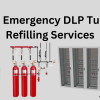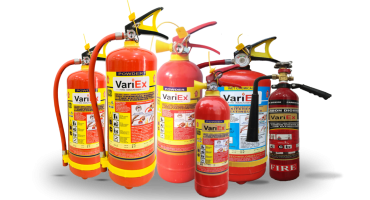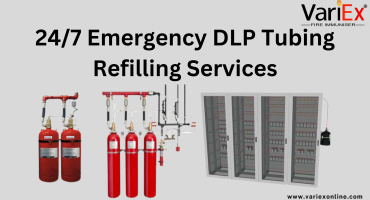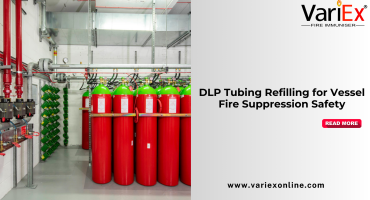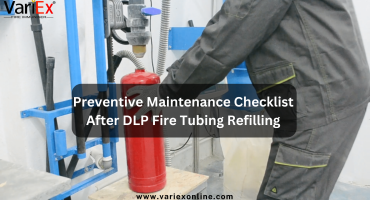Maintenance Checklist Table (for Quick Reference)
To simplify the maintenance process, use the following table as a reference for key tasks and their recommended frequencies:
| Maintenance Task | Frequency | Responsible Party | Details |
|---|---|---|---|
| Visual inspection of equipment | Monthly | Maintenance team | Check for damage, leaks, or obstructions. |
| Pressure gauge inspection | Monthly | Maintenance team | Ensure pressure is within recommended levels. |
| Alarm and detection test | Quarterly | Fire safety expert | Test alarms and detection sensors. |
| Cleaning nozzles and outlets | Quarterly | Maintenance team | Remove dust, grease, or debris. |
| Full system functionality test | Annually | Certified technician | Simulate fire scenarios and verify system response. |
| Hydrostatic testing | Every 5 years | Certified technician | Check the integrity of pipes and tanks. |
| Staff training and drills | Annually | Safety officer | Ensure staff knows how to respond in case of fire. |
| Update maintenance logs | After each maintenance | Maintenance team | Record findings, actions taken, and next steps. |
Regularly following this checklist ensures system reliability and compliance with fire safety regulations.
Step-by-Step Guide to Conducting Maintenance
Performing maintenance requires a structured approach to avoid missed tasks or overlooked issues. Here’s a step-by-step guide:
Step 1: Inspect System Accessibility
Ensure there are no objects blocking access to the system’s control panel, agent storage, or manual release mechanisms.
Step 2: Check Agent Levels and Pressure
Verify that agent levels are within specified limits by inspecting pressure gauges and weighing agent containers. Low pressure often indicates a leak or previous activation.
Step 3: Test Alarms and Detection Devices
Activate alarms to confirm they produce audible and visual alerts. Test detectors using simulated smoke or heat to validate their sensitivity and responsiveness.
Step 4: Clean and Inspect Discharge Nozzles
Examine nozzles for signs of corrosion, debris, or misalignment. Clean or replace them if necessary to maintain proper suppressant distribution.
Step 5: Verify Manual Release Functionality
Manually test release mechanisms to confirm they function correctly during emergencies.
Step 6: Inspect Wiring and Connections
Look for frayed wires, loose connections, or corrosion around sensors and control panels.
Step 7: Document Maintenance Activities
Record all inspection findings, repairs made, and upcoming maintenance schedules in a logbook for future reference and regulatory compliance.
Best Practices for Fire Suppression System Maintenance
Adopting best practices ensures more effective maintenance and enhances overall system reliability.
Follow Manufacturer Guidelines
Each system type requires specific maintenance steps based on manufacturer specifications. Adhering to these guidelines helps maintain equipment integrity.Schedule Maintenance During Low-Risk Periods
Perform inspections when the facility is less active to minimize disruptions and potential hazards.Train Staff Regularly
Educate employees on system basics, including how to identify warning signs and operate manual release mechanisms.Engage Certified Fire Safety Professionals
Certified technicians have the tools and expertise to conduct thorough inspections and repairs.Keep Maintenance Records Updated
Accurate documentation provides a maintenance history, aids in troubleshooting issues, and demonstrates regulatory compliance.
The Role of Technology in Fire Suppression System Maintenance


